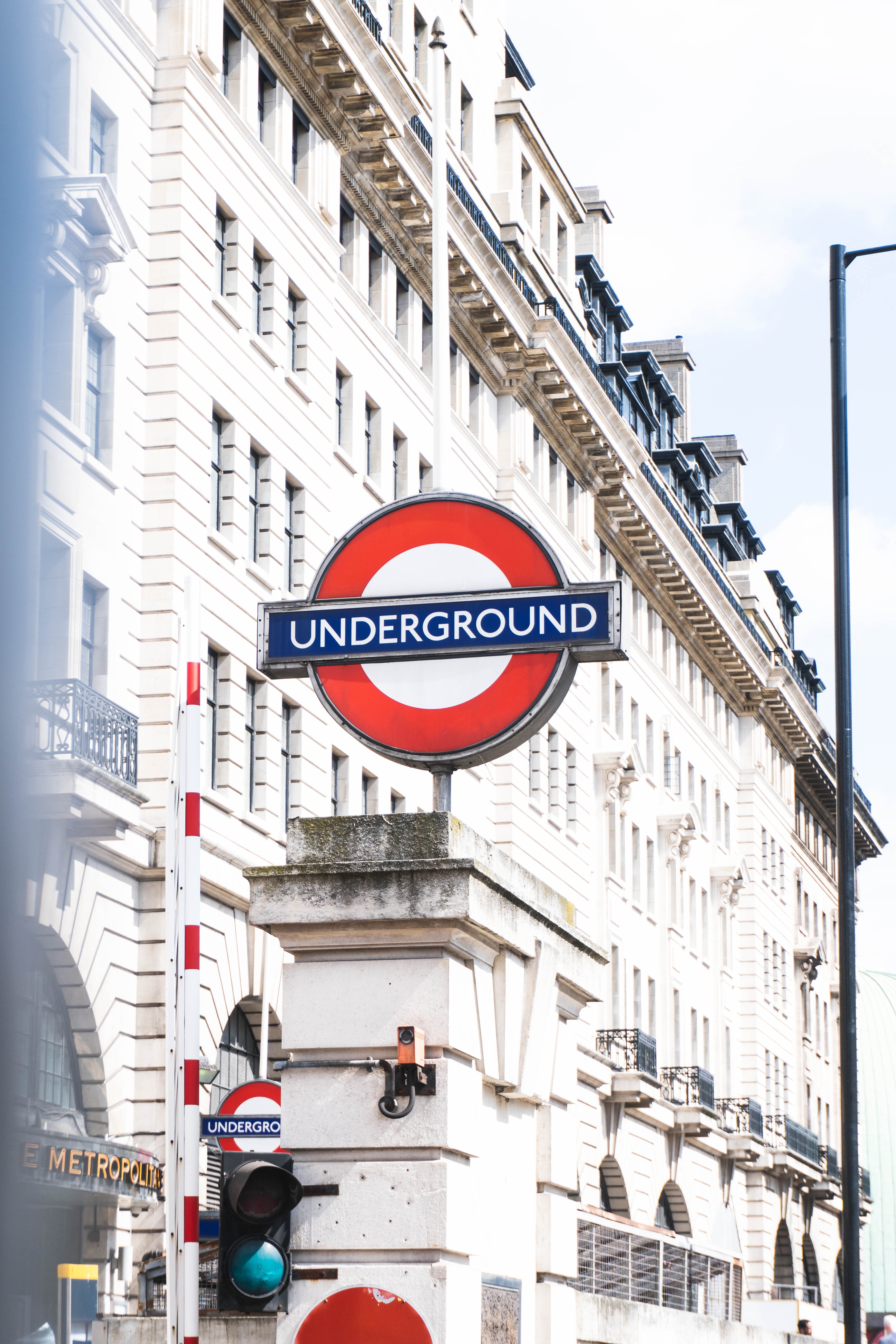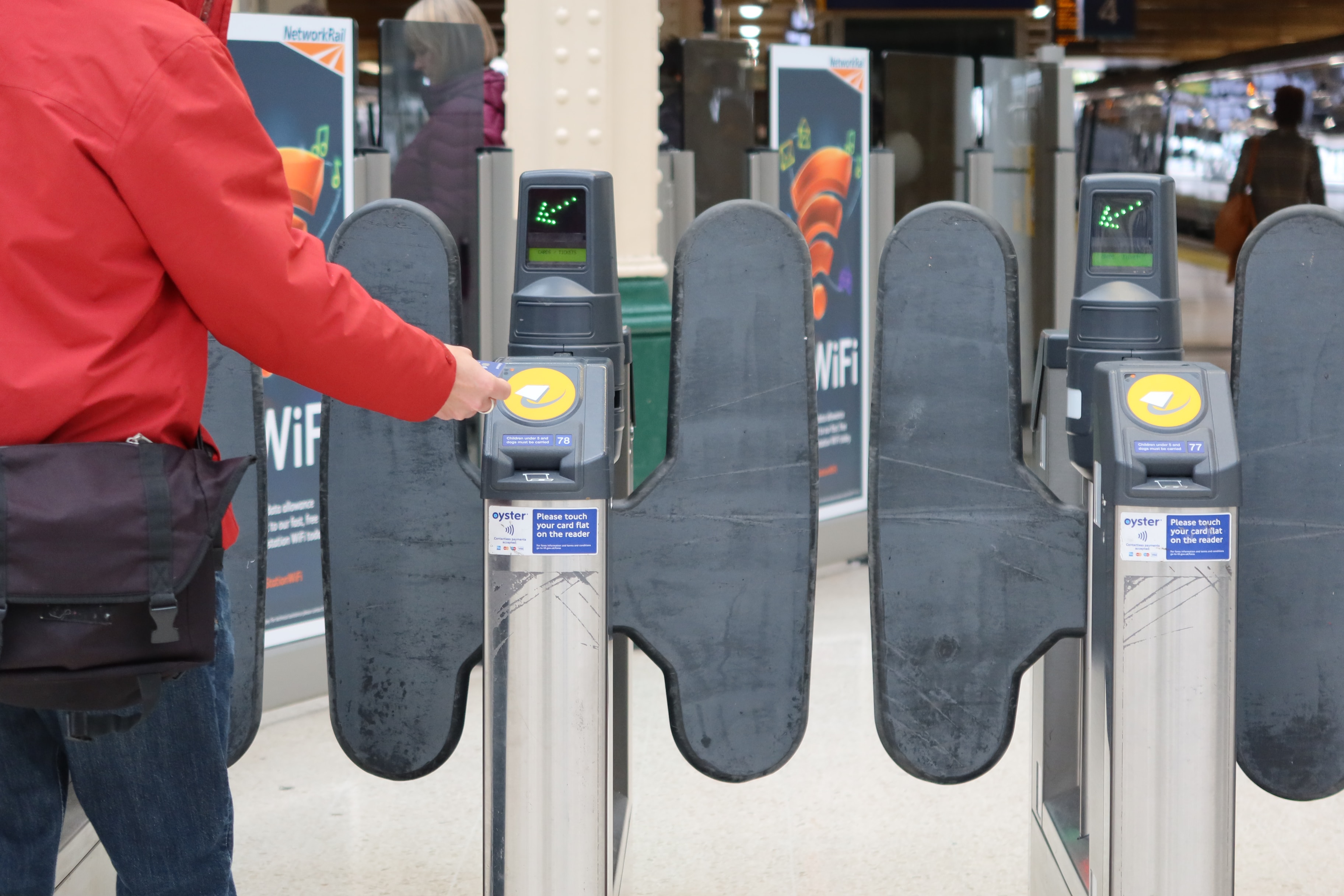London Travel Costs?
Introduction
It's been a while since I've posted, but I have been extremely busy (read `lazy') and have had nothing major to share (read 'has no life'). However, with luck this should be extremely useful. In Britain, there is nothing more confusing than travel costs in London; and how to make the most of it. Here, I will break it down for you; the way it works, the dealts etc.
Before doing this it's worth mentioning that walking, cycling and bus journeys are almost always cheaper in London than taking trains
Travelling in London Normally
Let's set the baseline first. Most of you will probably know this, but it's good to refresh your memory. In London, you travel through the Tube/TFL/The underground. Here's the first barrier that gets people confused. What's the difference? From a financial perspective, not much. Although none of these terms actually mean it, for this post we can understand 'the tube' to mean 'Trains flowing through mostly London'. This excludes 'National Rail trains' which are trains that go across the country (I can hear the wails of train enthusiasts as I butcher these technical definitions). The Elizabeth line in most conversations is regarded as both a TFL and National Rail train.
Your average Londoner will use either a contactless or an Oyster card. Oyster Cards are functionally just cards you put money into, and you then use as a contactless card. They exist because you can add deals to them (see further down). London is split up into 9 zones, with 1-2 being the more touristy and central areas. So long as you are within these zones, you can use this form of payment with whatever train you like; National Rail or TFL, it does not matter. Payment varies depending on your start and end zone, and also whether you are on off or on-peak times (i.e you pay less if you take the train at inconvenient times).
If you take many journeys in one day you hit a daily cap; this is a point at which all your becomes free. The cap is dependent on the zones you have taken and whether you have travelled at on or off-peak times. All in all these are tricky to calculate yourself and I find myself often ignoring it.
Journeys (likely on a National Rail train) outside of London, things are somewhat more straightforward. if your journey takes you to a station outside London or you are starting from a station outside London, you need a ticket. Payment is slightly different within London and outside London. I'll start within London.

Tapping in and Out
London stations operate by having you tap (whichever contactless card or oyster) onto a reader to enter a station (and gain access to all the different train platforms), and to tap again when you leave. Buses do this too, except you only need to tap in and not tap out. Most stations have physical barriers, but some do not. However, you should always tap out, as tapping in on your next journey without tapping out on your previous journey is noticed by the system, and you will be charged extra.
Normally, when switching between different train lines, you don't need to tap in and tap out again. However some stations have OSIs (Out of Station interchanges), whereby you do have to tap in and tap out to switch. So long as you do so within a certain (reasonable) time frame, you won't be charged with two separate journeys. However it's worth noting that these aren't stations that are linked on the map; but some stations within close proximity (e.g Warren Street and Euston Square).
National rail stations are slightly different, since you pay for the trains you take, not for the destinations. They do have scanners at popular stations to tap in and out with; but you do so with the barcode of your ticket, not a contactless oyster or bank card. At less popular stations, there tends to be no barrier; however there is a chance to have your ticket checked during a journey.

Travelcards, Railcards and Oyster types
If you are 16 or under, there is no ifs, no buts, to travel within London, your cheapest option is a ZIP/under-16 Oyster Card. TFL trains are half their normal price, and London Buses are free (side note: bus journeys in London are almost always cheaper than trains). If you, like I, are University students, you may want an 18+ oyster. They cost £25. They work the same as a £5 Oyster card; however they have a 30% discount on Travelcards and bus passes (not within the scope of this blog).
Travelcards are different to railcards, in a big way. Unfortunately they are often used interchangeably in conversations; be sure to ask your peers to clarify. Let's start with Railcards. railcards come in a large variety, but going for my target audience, let's examine the 18-25 year old railcard. These cost £30 for a year (£70 for 3), and are much better for travel on National Rail than within London. That's not to say they aren't useful there; for off-peak travel, you get a third off all your journeys, and you get 34% off all day travelcards; this only gives you an extra 4% off a day-travelcard if you have an 18+ oyster. Most payoff occurs when you travel outside of London; you get some pretty hefty discounts (1/3 off) for normal travel. It only takes a couple journeys before you break even of your £30, and a couple more before you start to save a lot of money
A bonus option is if you are an under-18 student, which is common for students coming from American schooling. In this case you can get a 16-17 saver railcard. They work exactly the same and cost exactly the same as a 16-25 railcard (obviously without a 3-year payment option), but they have the added benefit of giving 50% discounts as opposed to 30% discounts.
Travelcards are given by TFL, and have no effect on journeys outside of London. It is perhaps more simple than a railcard; you pay some money, and then you get travel on TFL for free; buses included. This does mean that in order to go across the country, you will still have to pay. As a result, travelcards are hefty in price; a 1-month travelcard costs about £215 (£150 for 18+ oyster holders). If you pay 10 pounds every weekday when travelling normally, a 1-month travelcard, with an 18+ discount, saves you about 50 pounds. A railcard without a travelcard may not save you as much if you travel on-peak more often.

Conclusion
All in all I can't say what option is the best. I commute to UCL from zone 4 to zone 1 from Mondays to Saturdays, and travel in London a lot outside of term (and make the occasional trip out); as a result, I get the 18-25 railcard, with a 1 month travelcard for each half of each term. However I would reccomend assessing your journeys, and figure out what best works for you.